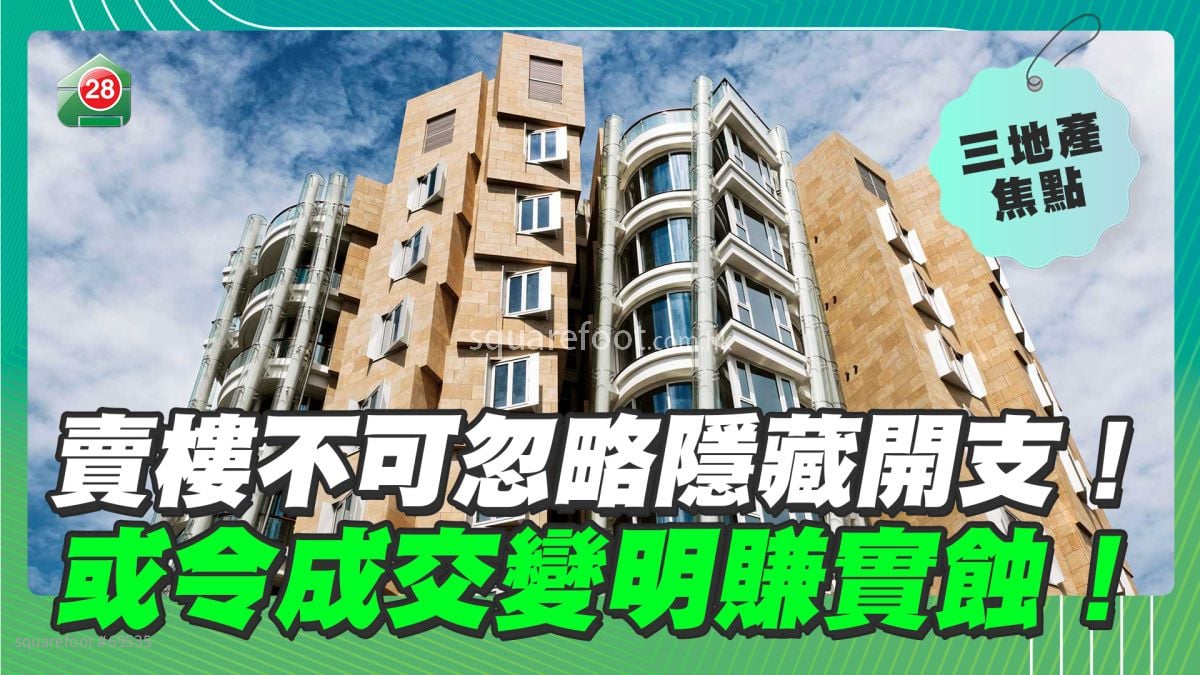- Home
- News
- Expert Blog
- Wed Property Focus
- When A Paper Profit Ends Up As A Loss
To understand property market trends, it’s important to examine transaction volumes and determine whether properties are sold at a profit or a loss. You may have come across cases in the news described as a paper profit that are actually losses. But what does that really mean?
A recent luxury property transaction at 53 Stubbs Road’s Opus Hong Kong provides a clear example of this concept. The penthouse, featuring 5,444 square feet of usable space and a 1,508-square-foot rooftop, was sold in mid-March for HK$512 million, including two parking spaces. This sale price translates to HK$94,048 per square foot.
The original owner bought the unit in November 2015 for HK$509.6 million, setting a record at the time for the highest price ever paid for a stratified apartment in Hong Kong. Based on the sale price, the owner appeared to make a paper profit of HK$2.4 million—a modest 0.47% increase over the original purchase price after holding the property for nearly 10 years.
However, the transaction is considered a "loss in reality" due to the additional costs involved in owning and selling the property. For instance, purchasing a property requires paying stamp duty. At the 2015 stamp duty rate, the original owner paid 8.5% of the purchase price, amounting to HK$51.65 million. Although the developer offered a 4.25% rebate on the stamp duty, the owner still had to pay HK$21.66 million. This stamp duty cost alone was far greater than the paper profit from the sale.
The process of buying and selling property involves many expenses beyond the purchase price, which can easily turn an apparent profit into a loss. Stamp duty is one of the biggest factors, as it can significantly reduce profits, especially for high-value properties.
Sellers also typically pay a 1% commission on the sale price to real estate agents. In this case, the seller would have paid HK$5.12 million in commission. For harder-to-sell properties or those requiring a quick sale, commissions can exceed 1%, further cutting into profits.
At the time the original owner purchased the property, since it was a brand-new development, developers typically offered substantial commissions to real estate agents as an incentive. As a result, agents would often provide buyers with a rebate, meaning the buyer likely didn’t have to pay any commission when purchasing the property. In contrast, when buying a second-hand property, buyers usually pay a commission of 1% of the purchase price, although the exact amount can vary depending on the circumstances.
Renovation costs are another major expense, as many owners invest heavily in improving their properties, particularly if they plan to live there long-term. These renovations can cost millions, and when the property is sold, buyers may even request the seller to restore it to its original condition, adding restoration costs on top of the renovation expenses. Legal fees, transaction costs, and other administrative expenses also add up, further eating into any potential gains.
Overall, when selling a property, owners must carefully consider all related expenses—such as stamp duty, legal fees, agent commissions, and renovation costs—to accurately determine if they made a profit or suffered a loss. For buyers, it’s just as important to assess whether reported profits represent actual gains or are simply paper profits.
Like
| Property Type | Price | Ads Period |
|---|---|---|
| For Sale Property | ||
Normal Listing Typical One | HKD:1000 (or Hsemoney:1000) | Valid:90 days |
Golden Top Listing Higher position than Top listing 2-3times better performance | HKD:3000 (or Hsemoney:3000) | Valid:60 days |
| Rental Property | ||
Normal Listing Typical One | HKD:1000 (or Hsemoney:1000) | Valid:80 days |
Golden Top Listing Higher position than Top listing 2-3times better performance | HKD:3000 (or Hsemoney:3000) | Valid:60 days |
